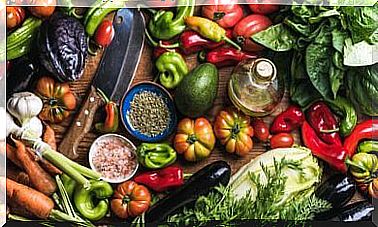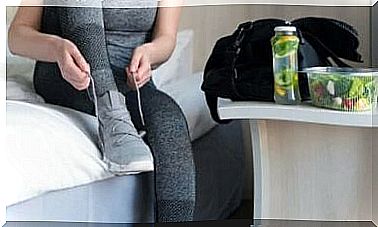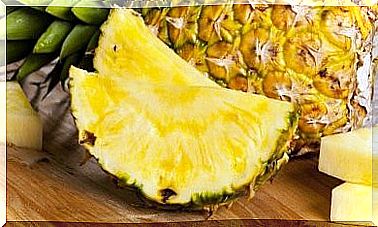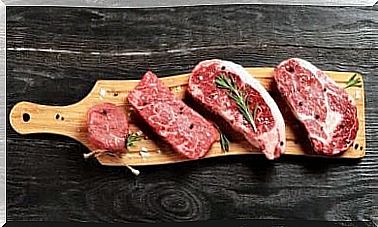Watch Out! 7 Foods That Should Not Be Reheated
Reheated food is a good habit to contribute to reducing the waste of tons of food that happens daily globally. However, there are some foods that when reheated should be avoided.
Still, it is very sad to know that while in many countries food is thrown away in large quantities, in others people are starving to death.
For this reason, for some years, the reuse of food leftovers has been promoted, either by preparing new recipes or by reheating them.
reheated food
In the case of foods when reheated, it is very important to know that they are not always recommended, as there are some foods that can be toxic when subjected to high temperatures.
Knowing that many people are still unaware of what these foods are, today we decided to share a list where it clarifies why they can be harmful.
Spinach
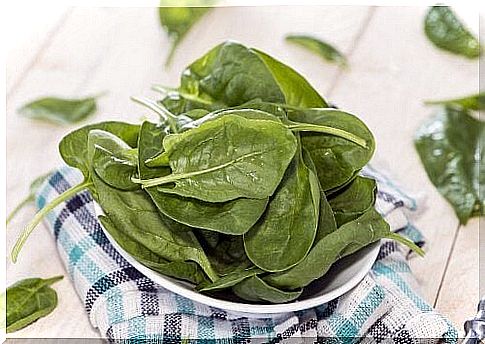

The best way to eat spinach is when it’s fresh and preferably raw. There are several recipes, smoothies, salads and creams that allow you to enjoy it without having to heat it.
That’s because, when we submit this vegetable to the process of heating or reheating, its nitrate content turns into nitrite and this can be harmful to health.
Celery
Celery is generally used similarly to spinach, but it is also common to add it to soups or hot creams. In the latter cases, it is best to consume it freshly prepared, avoiding leaving any leftovers to reheat later.
Like the previous plant, the celery also contains nitrates that can be harmful to health when they are reheated.
Nitrites are a component associated with the development of different types of cancer, although it is clear that they can only reach these extremes when consumed in excess.
So, the best way to take 100% advantage of the properties of celery is in its raw form.
Eggs


As they are small and easy to prepare food, there are rarely leftovers to reheat.
On the other hand, many feel that it is not a good idea to do so. That’s because, when they lose their freshness, they change their odor, flavor and texture.
Furthermore, when eggs are subjected to high temperatures in the reheating process, they can release toxic compounds into the body.
Beetroot
For years, this food has been valued in alternative medicine for its high content of essential nutrients and antioxidant compounds.
However, they also have a minimal amount of nitrates which, although they are harmless, it is best not to subject them to high temperatures to avoid risks.
In addition, what nutrition and health specialists most recommend is to use this vegetable by preparing juices, shakes or salads.
Potatoes


They contain nutrients and properties that are very good for health as long as consumption is moderate. Because they are rich in carbohydrates, their excessive consumption can cause weight problems.
But, leaving that aside, it is important to know that, when reheating them, they tend to lose a lot of their nutritional value. In addition, its flavor is also altered and may even release compounds that are not good for the body.
There are delicious and simple ways to reuse baked potatoes, even after several days. For example, what do you think a mashed potatoes?
mushrooms
Edible mushrooms and other fungal varieties must not be reheated in any way. This is because this reheated food can result in digestive and even heart problems.
This type of food has interesting health properties. However, the best way to enjoy them is through their fresh consumption.
So, to avoid wasting them, prepare only the necessary amount, or eat them cold in a few hours after preparation.
Chicken
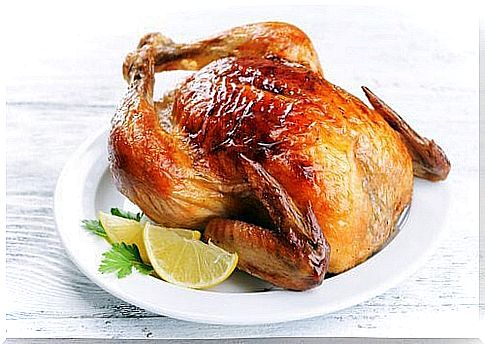

Due to its high content of healthy protein, this food is highly recommended for all types of balanced diet.
The problem is that, when you cool it in the fridge or when it loses its freshness, its protein composition changes. This can cause digestive problems.
So, as in the previous case, it is advisable to prepare only the amount needed for lunch. However, in case there are leftovers, they can be heated later, but be sure to do it at a low temperature.
